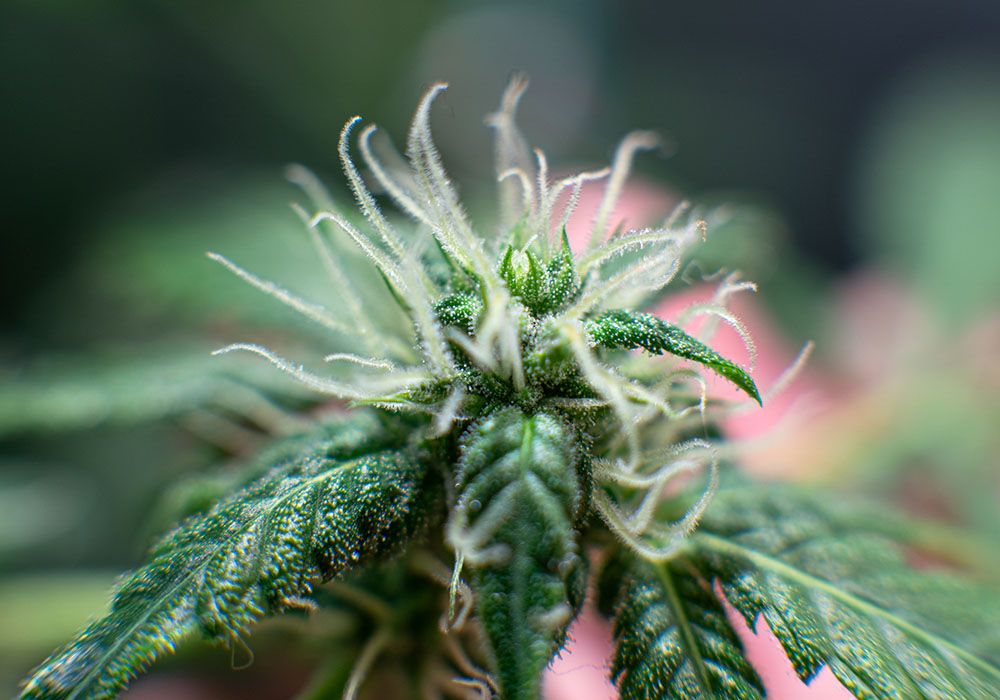The short answer: it doesn’t matter, but you want to know the full story, right? For many many (many) years, Cannabis growers, retailers, and consumers referred to their strains as ‘sativa’ or ‘indica’ to showcase the potential effects they may get after consuming the flower. Has this classification proven the test of time? Well..not really. According to modern science, the molecular testing of Sativa and Indica flowers does not show enough different molecular composites to claim that they are fundamentally different.
Here’s a fact, sativa and indica are just taxonomies that distinguish the effects of your cannabis. Most Cannabis in the modern world is a ‘hybrid’ with potential sativa and indica leaning properties.
Let's go back in time.
To really get to the bottom of this, we need to take a quick dive into botanical history. Indica and sativa have been part of the cannabis lexicon all the way since the 1700s. 1753: Swedish botanist Carl Linnaeus identified the psychoactive cannabis plants as C. sativa (C for Cannabis) in his work Species Plantarum - hence the birth of the term ‘sativa’. 1783: French biologist Jean-Baptiste Lamarck identified Cannabis indica as a different species while observing the physical characteristics of India's cannabis plants - the term ‘indica’ was born. It was argued that C. indica plants have dark green, dense and wide leaves, and C. sativa had elongated, light and narrower leaves. 1930: Russian botanist Dmitrij Janischewsky identified the third subspecies known as Cannabis ruderalis. This classification was not a result of the plant's unique set of physical expressions, but rather the plant’s flowering cycle.
All Cannabis is different.
To further support the case that ‘sativa’ and ‘indica’ cannabis classification is not the most accurate; Cannabis can feel and act so differently in each body. Let’s say the first time you consumed a joint of Peanut Butter Breath, you felt sedating effects. Fast forward to the next time you tried it again but felt much more energetic. So Is it an indica or a sativa? Remember, the environment in which the plant is grown can change its flavour and terpene profile, which affects the effects after consumption. The plant can have all these variables while still maintaining its genetic base. Factors like temperature, humidity, soil nutrients, and curation can all affect how you perceive your flower. The method of consumption also makes a difference. If you’re eating a Peanut Butter Breath brownie, the effect might vary from consuming a Peanut Butter Breath joint. That's why growers, breeders, and consumers alike are starting to reference the terpene profile to describe the potential effects and feel of the strain.

So what are Terpenes?
They are non-psychoactive compounds found in the Cannabis flower. Terpenes are responsible for the taste, flavour profile and smell of Cannabis. There are a myriad of terpenes, so it's a matter of trial and error. At the end of the day, the ‘sativa’ and ‘indica’ dichotomy has drawn speculation and controversy amongst the cannabis community. But for ease of mind, you’ll still see Sativa flower described as cerebral, heady, uplifting, and energizing while Indica flower described as relaxing, sedating, and full-bodied, coining the term ‘In Da Couch’ to describe the aftermath post consumption. Hybrid strains have gained more popularity in recent years. The hybrid term can either complicate or simplify things for you, but hybrid presents combined effects of ‘sativa’ and ‘indica’ flower. Still, the term does not adequately indicate the effects that a user can expect from a cultivar.
Key Takeaway.
It's still perfectly valid to describe effects of cannabis flower as ‘sativa’ or ‘indica’ as long as you are aware that these terms don't necessarily coincide with the plant's sativa or indica lineage.
/fit-in/720x720/storage/images/blog/primary/SativavsIndica.jpg)
/fit-in/400x400/storage/images/e73d4308-6902.jpg)
/fit-in/400x400/storage/images/5f073727-85c0.jpg)
/fit-in/400x400/storage/images/6c71812a-ee05.jpg)
/fit-in/400x400/storage/images/blog/primary/The definitive edible dosage guide.png)
/fit-in/400x400/storage/images/blog/primary/jCaALUz7UhRCrSDwbxYKRabVM5mJocp0Dx3Gb6g1.jpeg)
/fit-in/400x400/storage/images/blog/primary/CannabisSeedGuide.jpg)
/fit-in/400x400/storage/images/blog/primary/018.png)
/fit-in/400x400/storage/images/blog/primary/VR5F5pmSrzf3EGVZbunItPa7MfY5ZwaIdzFKiAXu.jpeg)
/fit-in/400x400/storage/images/c6515363-dec5.jpg)
/fit-in/400x400/storage/images/bcdb8671-f3c9.jpg)
/fit-in/400x400/storage/images/8d60e3d2-0603.jpg)
/fit-in/400x400/storage/images/f14bc308-3441.jpg)